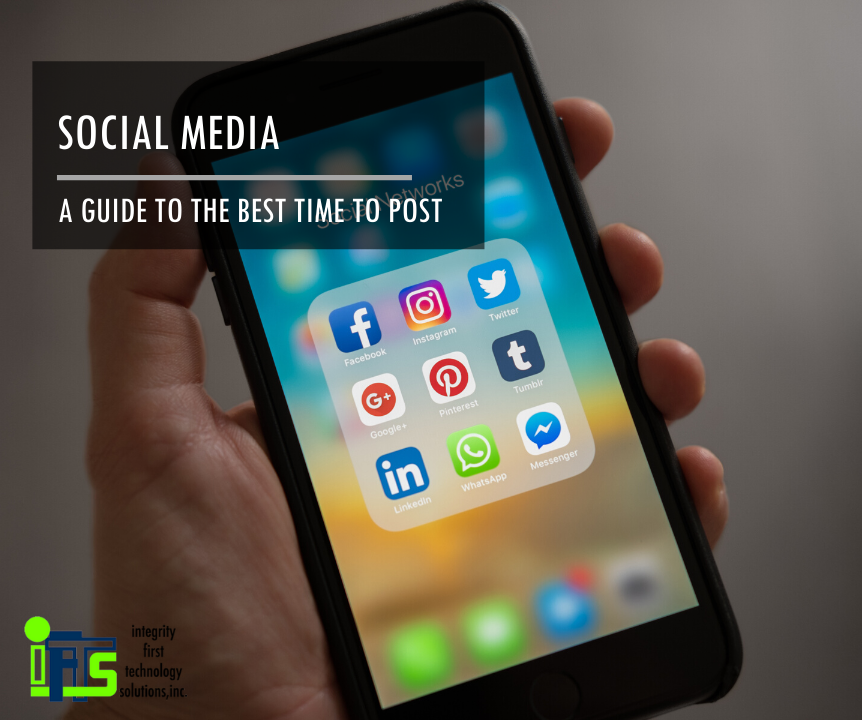Surely and quickly, social media marketing is becoming one of the most important ways for businesses to reach their target market. But why?
How does social media provide such incredible benefits? It wasn’t too long ago that social platforms were only used to connect with family & friends.
The truth is, over the past few years, things have changed… A lot! Today, over 90% of marketers have noticed how social media has significantly increased their exposure. And this can only mean 1 thing: if you’re not using social media to your advantage, you’re missing out on an incredible marketing opportunity.
That in mind, here are 5 “secrets” about social media marketing that no one’s telling you about:
1. Social Media Marketing can help your SEO
What does social media have to do with search engine optimization? The idea is simple: search engines know which pages on your website are getting traffic and which ones aren’t. This means that, each time your content is shared on social media, traffic will be sent to your website that tells the search engines your website is still relevant, helping you to maintain your rankings or climb faster in the search engine results pages. The more shares you have on social media, the more opportunities people have to see your content and link to it.
2. Social Media helps you know your target market
By taking an interest in your “fans” on social media, you can easily find out who your target market is! By simply looking at their profiles and seeing what other brands they follow, you can learn what products they buy, what their hobbies are and maybe even what they like most about other brands. The more you know about your audience, the better you can market your products or services.
3. A Social Media presence helps you increase your brand awareness
People don’t look at Facebook or Instagram and see a marketing platform. They see a social network! That in mind, the more you interact with everyone, the sooner you can start building a relationship with your audience and grow as a brand. Social media is a great platform for brands to maintain customer relationships, while also having the opportunity to be found by new leads.
4. Social platforms allow you to target and RE-target to your audience
Did you know you can narrow down your audience on social media and target only your ideal customers? Not only that, but Facebook allows you to retarget your products and services to anyone who was “this close” to becoming your client! If someone visited your website, but left before making a purchase, you can add that person to your list of “almost clients” and deliver your ads to them in the hopes that they convert.
5. Social Media Marketing is cost effective and fair
Did you think you’d have to spend a fortune to market your business on social media? Creating a business profile is free and so is being active. And if you decide to advertise on Social Media, you can always start small if you don’t know what to expect.
One of the best things about social media is that it’s a fair way to market your business. Sure, bigger brands have some advantages like bigger marketing budgets and better name recognition. But everyone can create a social account for free and dedicate their time to engage with their audience.
If you need help with social media or even just want it done for you.. contact us at IFTS!
Visit our website for more information!



